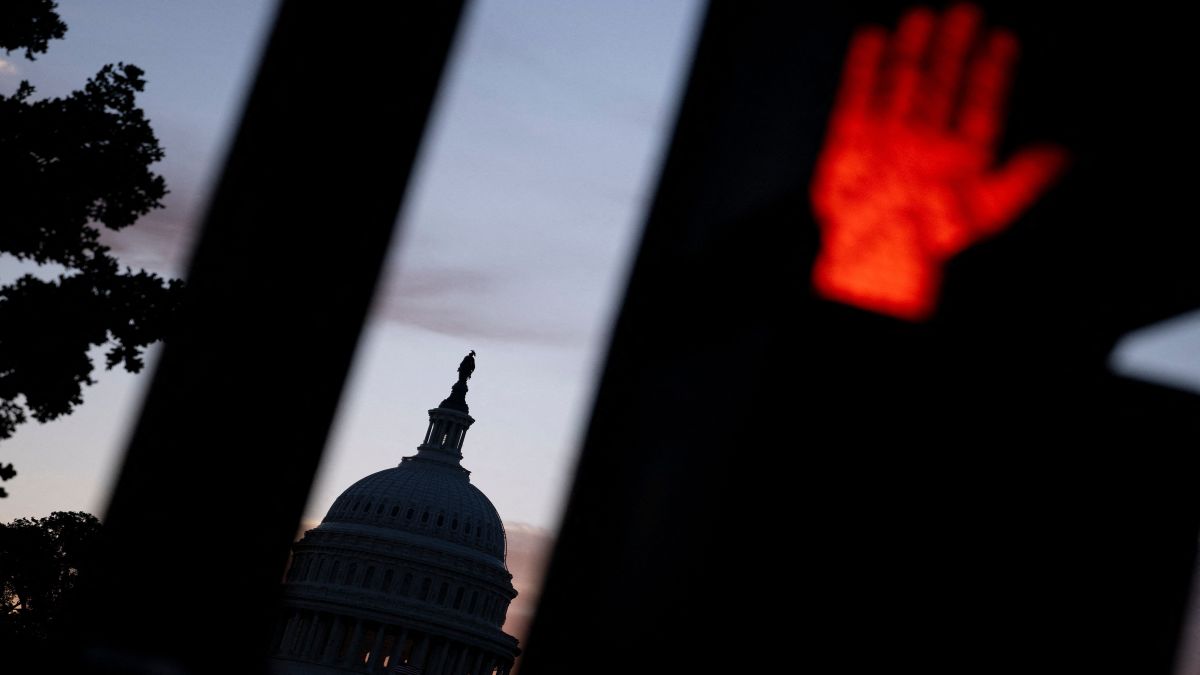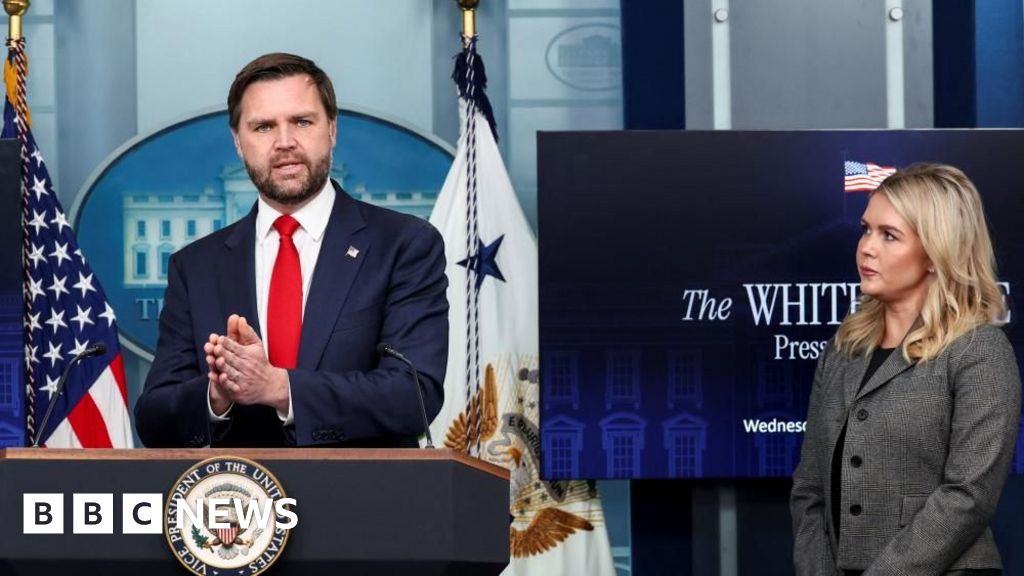America is now in the midst of a government shutdown — it’s been almost 24 hours since the federal government shut down, setting the stage for the furlough of hundreds of thousands of federal workers and the shuttering of a slew of key programmes and services.
This is the first US government shutdown since 2018 with most noting that this situation is likely to drag on for at least three days, with the US Senate set to be out of session in observance of the Jewish holiday of Yom Kippur. Senators are not expected to vote again until Friday, more than two days after the shutdown began.
This US shutdown not only has implications for Americans, but also Indians, especially those planning travel or those in the process of getting their visas. In fact, the US Embassy announced that its social media account on X will “not be updated regularly” because of the lapse in appropriations.
Here’s what the US shutdown means for Indians and their US visa appointments and processing.
US shutdown in effect
It’s been almost 24 hours that the US government shutdown took effect, as a result of which many government agencies have shut down or whose services have been impacted. As per the Congressional Budget Office estimates, roughly 750,000 federal employees could be furloughed each day of the shutdown, with the total daily cost of their compensation at roughly $400 million.
Moreover, President Donald Trump’s administration has also raised the stakes this time: it has directed agencies to consider firing staff rather than the usual practice of holding up their pay until lawmakers strike a deal.
There’s no clarity on how long this US shutdown will continue, but historically the longest shutdown in the US has been 35 days in US President Donald Trump’s first term, when he demanded money for a US-Mexico border wall.
US shutdown’s impact on embassy services
As a result of the US government shutdown, many federal services have begun to take a hit. In fact, the impact of the US government shutdown has already begun with the US embassy in India announcing that its social media account on X will “not be updated regularly” because of the lapse in appropriations.
The US Embassy in India stated, “Because of the lapse in appropriations, this X account will not be updated regularly until full operations resume, with the exception of urgent safety and security information.”
Editor’s Picks
Because of the lapse in appropriations, this X account will not be updated regularly until full operations resume, with the exception of urgent safety and security information. pic.twitter.com/CNd6FtVuZh
— U.S. Embassy India (@USAndIndia) October 1, 2025
The US embassy, however, clarified that scheduled passport and visa services at embassies and consulates would continue as “the situation warrants”.
The US Embassy in Sri Lanka also posted a similar message on its X handle.
Impact on visa processing
In a US government shutdown, the US Citizenship and Immigration Services (USCIS) remains open, as it is primarily funded by filing fees, not annual appropriations. Green card, naturalisation, and work permit applications should continue moving forward.
However, some programmes and departments within the immigration process will be affected owing to the shutdown. For instance, the Office of Foreign Labor Certification, which processes labour condition applications (LCAs) needed for H-1B visas, will go offline.
Immigration attorney Nicole Gunara told NDTV, “What this means is that no one can get a new H-1B, transfer employers, or change status to H-1B unless they already got the LCA certified and downloaded before today,” adding, “Anyone who doesn’t have a certified LCA will have to wait for the government to reopen to have their H-1B processes continued.”
Sophie Alcorn, a Silicon Valley-based immigration lawyer, also noted that new applicants will be hit hardest. “The shutdown creates a mixed bag of consequences, hitting new applications the hardest while largely sparing those already in process. For the Indian diaspora, who represent a huge portion of H-1B and employment-based green card applicants, the biggest immediate impact comes from the department of labour,” Alcorn was quoted as telling Hindustan Times, adding, Indian professionals will start facing significant delays in their H-1B and green card application processes.”
This is of particular significance as the H-1B visa programme is already under the spotlight. Just weeks ago, Donald Trump increased the fees of the visa widely used by the US technology sector to hire skilled workers from India and China to $100,000. Additionally, the Trump administration has proposed to do away with the H-1B visa lottery system and replace it with selection based on wage level.
The US shutdown will also lead to the E-Verify programme going offline. For those unaware, E-Verify is an Internet-based system that allows businesses to determine the eligibility of their employees to work in the United States. Now, with E-Verify going offline, employers will have to manually verify I-9 documents, thereby causing delays.
As the Economic Times reports, in past shutdowns, processing times for visas and passports have slowed, and consular posts sometimes reduce hours or temporarily stop accepting new applications unless they are urgent.
Immigration courts to be hit
Another way that Indians could be affected owing to the shutdown is that immigration courts will be hit. The Executive Office for Immigration Review (EOIR) are almost entirely funded by Congress. According to authorities, the hearings for detained migrants will continue, but non-detained cases will likely be suspended.
During the 2019 shutdown, between 80,000 and 94,000 cases were put on hold. With more than 3.4 million cases currently pending and hundreds fewer judges than needed, the effect of suspending non-detained dockets this year could be far greater.
So, if an Indian migrant is awaiting his turn in immigration court, it might take much longer than usual.
How long before US shutdown ends
It is unclear how long this US government shutdown could last. However, the impact of this shutdown will continue to increase with each passing day. As Max Stier, president of the Partnership for Public Service, told AFP, “The damage of a shutdown is often “more insidious”.
“It interrupts the longer-term investments that are necessary to make our government run over time,” he noted.
However, immigrants and employers should be prepared for potential delays. Past shutdowns (under a week) typically resulted in minimal disruption to most immigration processes, while longer shutdowns created more significant backlogs, particularly for DOL-dependent filings.
With inputs from agencies
End of Article

)

